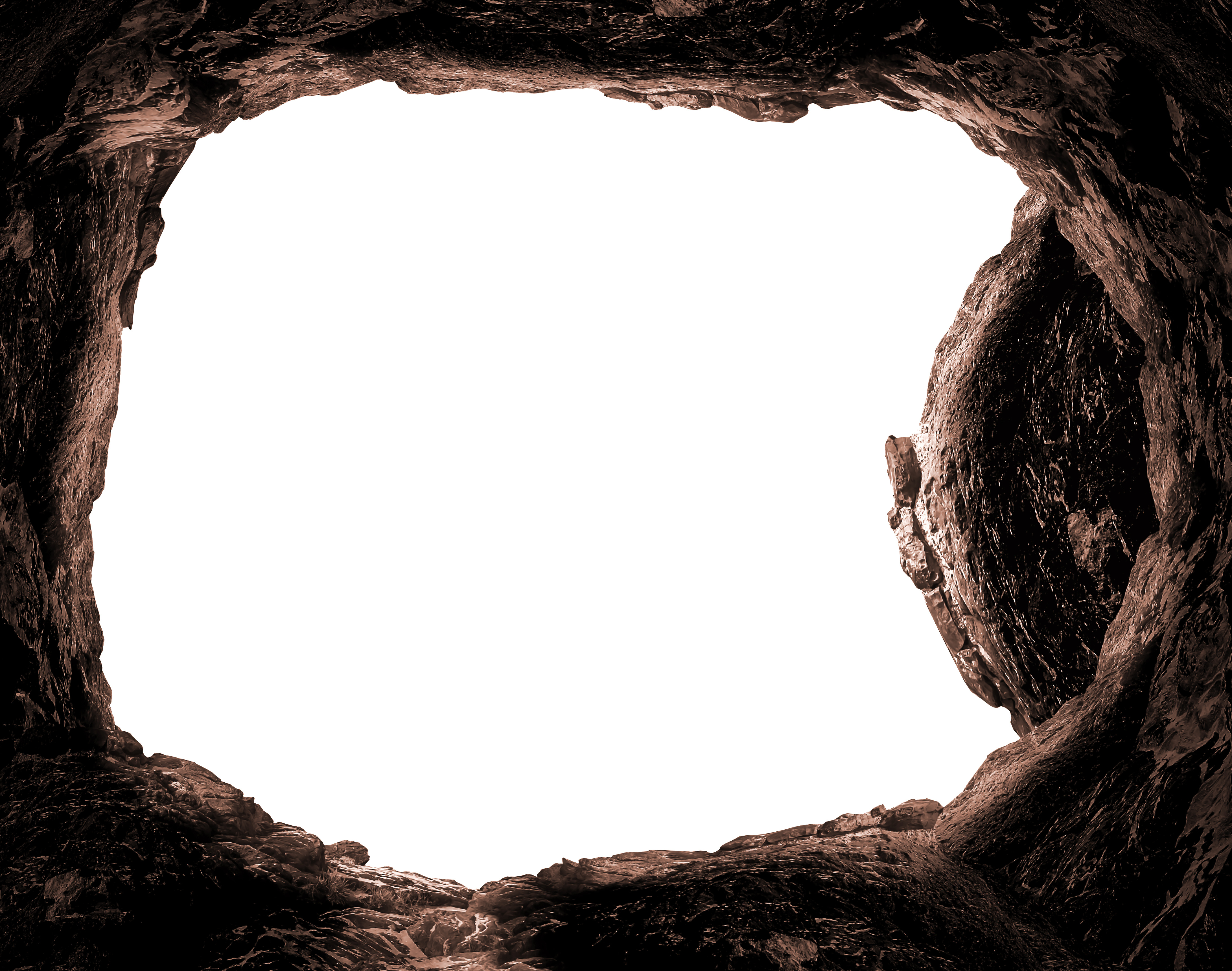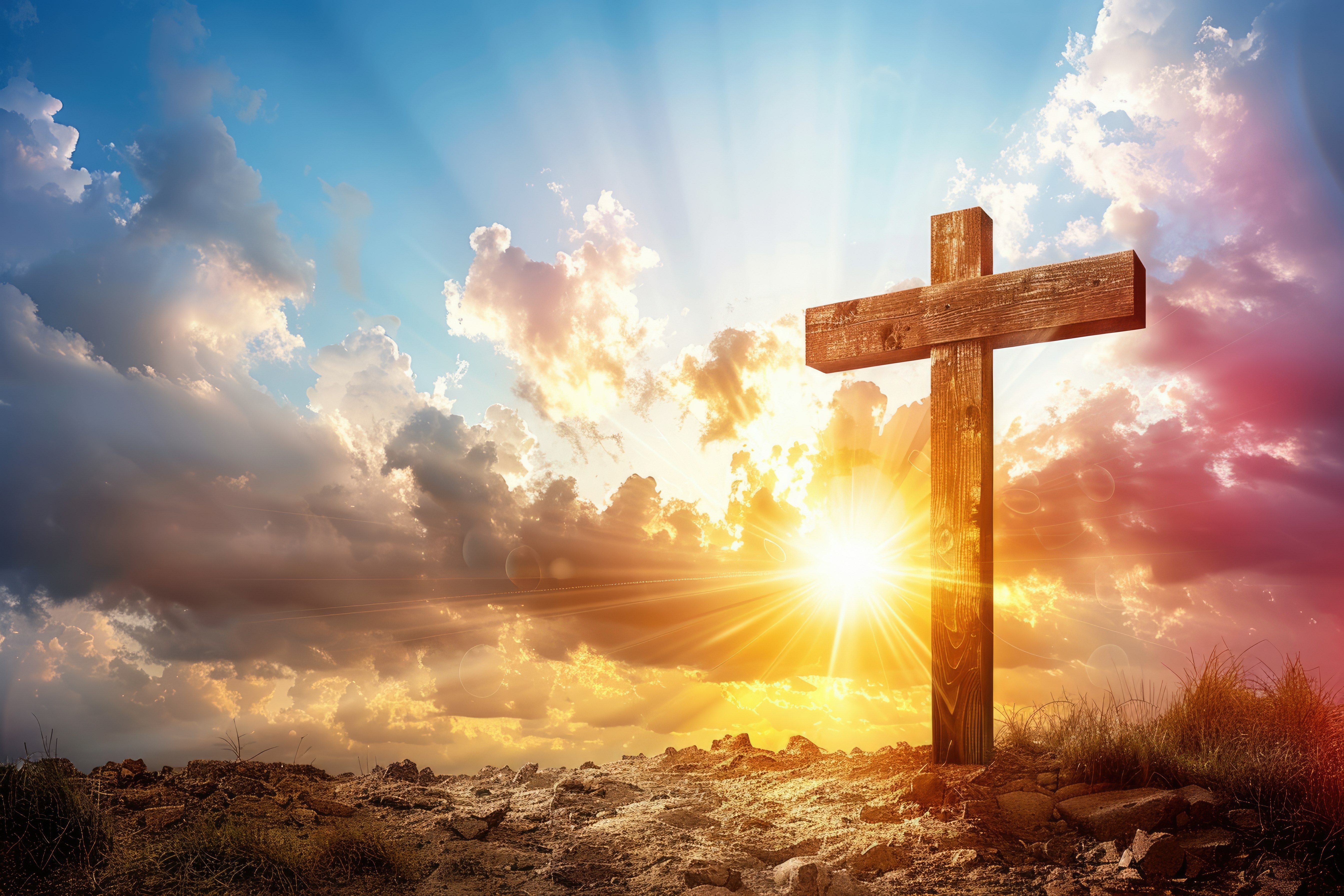
The Resurrection of Jesus
Published April 19, 2025
Christ’s resurrection is the most important and joyous event in history. While millions of people celebrate this event around the world each year, there is a simultaneous acknowledgement that a problem exists with humanity – even though most men and women would not be able to identify the underlying issue facing them and their eternal futures.
In a word, our problem is sin, and consequently, death. John, in his Gospel account of the resurrection, explains the solution to this problem is found only in Jesus Christ (John 20:31). John’s aim, like Jesus’ in His mission, is not to exacerbate our condition of sin and death or to condemn us in God’s sight, but to bring the message of salvation so we might experience eternal life. The message John conveys through his account of Christ’s resurrection is one of salvation and life; but we must each believe in Jesus and His resurrection if we are to have life.
There are four evidences in John 20:1-23 for the truthfulness of Christ’s resurrection.
John’s first piece of evidence for the resurrection of Jesus is the empty tomb (verses 1-8).
Mary Magdalene, Peter, and John arrived at the tomb, finding the stone taken away and the body of their Lord missing. When we say the tomb was empty, we do not mean it was totally empty, for it had especially important evidence left behind. The orderly wrappings and face cloth tell us Jesus’ body was not stolen. A thief would most certainly have kept the linen wrapping and cloth. We also know no one moved the body to bury it elsewhere. Anyone burying Jesus elsewhere would have taken the grave clothes. So, the clothes rule out a thief, who would have kept them for profit, and a misguided friend burying Jesus in a different tomb.
The fact the body was missing, but the grave clothes were not, provide irrefutable evidence of resurrection. Every theory to deny the resurrection cannot explain the missing body and present grave clothes. The simplest thing to disprove is resurrection because all there is to do is produce a corpse. The Jewish authorities knew this, so they concocted a lie, saying the disciples stole the body (Matthew 28:11-15). That, of course, flies in the face of all possibility. The condition of Christ’s tomb proves He was raised.
John did not understand this inexplicable sight fully, but he knew the only plausible explanation was resurrection. No human explanation would do.
The second proof of the resurrection is the Scripture (verse 9).
Verse 9 states, “For as yet they did not understand the Scripture, that He must rise again from the dead.” Why does John say he saw and believed, and immediately follow up with a qualification that he didn’t yet understand the Scripture? He gives this qualification because he believed based on the evidence of the tomb rather than on the surer evidence of God’s Word. For the Apostles, Old Testament prophecies of the Messiah’s resurrection formed the surest basis for believing Jesus had been raised from the dead.
John does not say which specific Scripture he has in mind. Several have been suggested (Psalm 16:10, Hosea 6:2, the book of Jonah). It’s also possible John understood the entire Old Testament as a book about the Messiah’s sufferings, resurrection, and glory.
Whatever specific idea John had in mind is not that crucial. Scripture bears witness to Jesus’ resurrection, and it is, in fact, the most important proof of it. God repeatedly promised His Messiah would suffer and rise again. Jesus, the One who clearly did all the works of the Messiah, the Son of Man, the Son of God, born of a virgin, of David’s line, must have risen from the dead because Scripture said He would – and it is impossible for God to lie.
Third, Jesus’ resurrection is certified by Jesus’ appearance to Mary (verses 10-18).
Peter and John left, but Mary remained to take another look inside the tomb. This time, she saw two angels! Mary was distraught and confused, thinking perhaps those who buried Jesus had moved Him to His permanent resting place.
The confusion continues when Mary did not recognize Jesus outside the tomb. This interaction makes clear the resurrection body is different from the mortal one. Jesus was enough like Himself that people did recognize Him when they knew it was Him, but His resurrection body was different enough from His temporal body so that He was not immediately recognizable (1 Corinthians 15).
Mary was looking at Jesus, but she did not know it was Him until she heard His voice call her name. Jesus’ sheep know His voice (John 10:3). When the true shepherd called her name, Mary followed – even when she did not recognize His physical appearance.
Fourth, Jesus’ resurrection is proved by His scars (verses 19-23).
It’s vital to understand Christ’s resurrected body is eternally marked with scars from the stripes that healed His people.
One of the reasons this fact is so important is because it proves the One the disciples saw was the crucified Messiah, not an imposter. How would anyone fake the scars of crucifixion, especially the scar in His side from a spear piercing his heart? It’s sheer nonsense to think the disciples were fooled by an imposter. The Lord’s eternal scars prove beyond any reasonable doubt He was raised from the dead.
The Apostle John presents these four evidences, not merely to convince us intellectually that a certain thing happened, but to bring us to trust in Jesus for life. John wants us to come to Christ so we might be rescued out of darkness, ignorance, and death, and experience new life. The purpose is not to condemn, but to save us.
The life John calls us to receive through believing in Jesus is completely unlike the darkness, ignorance, and condemnation found in the world. In verses 19-20, the disciples go from fear to peace when Jesus comes. When Mary and the disciples see the risen Lord, they go from sorrow to joy. The new life Jesus brings is a life of joy and peace. It is also a life of purpose. Christ came to glorify the Father by doing His will, which becomes the purpose of the apostles and everyone who believes. No longer do we wander aimlessly through life, from fleeting pleasures to destructive lies, to what feels good any given moment. Now we serve the living God, seek His will, and understand why we were created. Now we live lives that fulfill the Lord’s purpose in creating us, to do His will and experience the very life of Christ in us.
The new life is also a life of power. Every believer is indwelt by the Spirit of God, empowering us to glorify Him, and to go out into the world and live for Him with peace and joy. Lastly, the new life is a life of God’s forgiveness through Christ’s death and resurrection. The only path to forgiveness is through the Word of God as revealed in the pages of Scripture in the apostolic writings. The new life, then, is a life of freedom from guilt and the domineering power of sin so we live for God’s glory by the Spirit’s power, full of joy and peace, even if the world hates us as it hated Jesus.
The resurrection stands as the most important event in history. If it did not happen, Christianity is a waste of time. However, it did happen, which means Christianity is true and all other so-called paths to God are lies from hell. As we see from John’s Gospel, Christ’s resurrection is reasonable, rational, logical, and consistent with the evidence. God commands us to believe and have life everlasting.




0 Comments